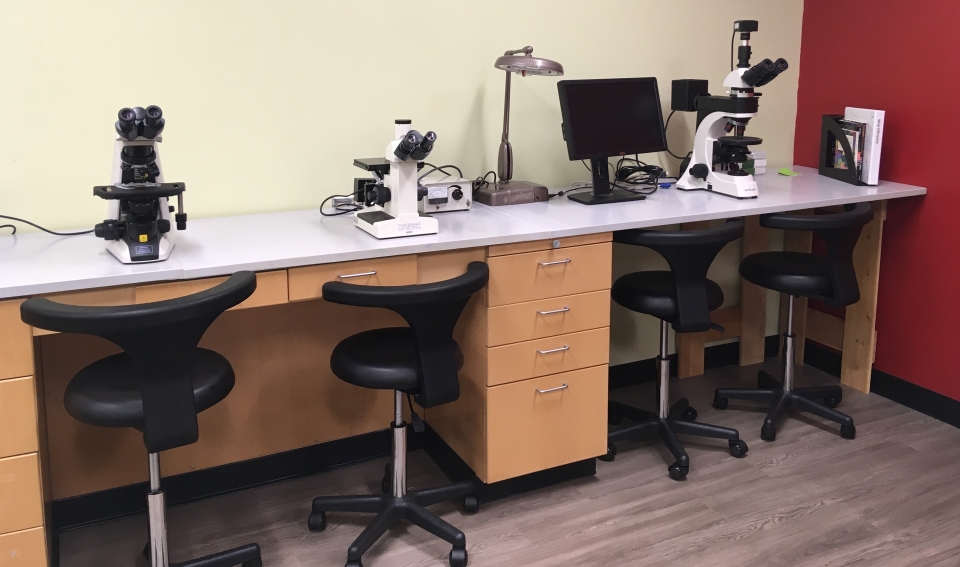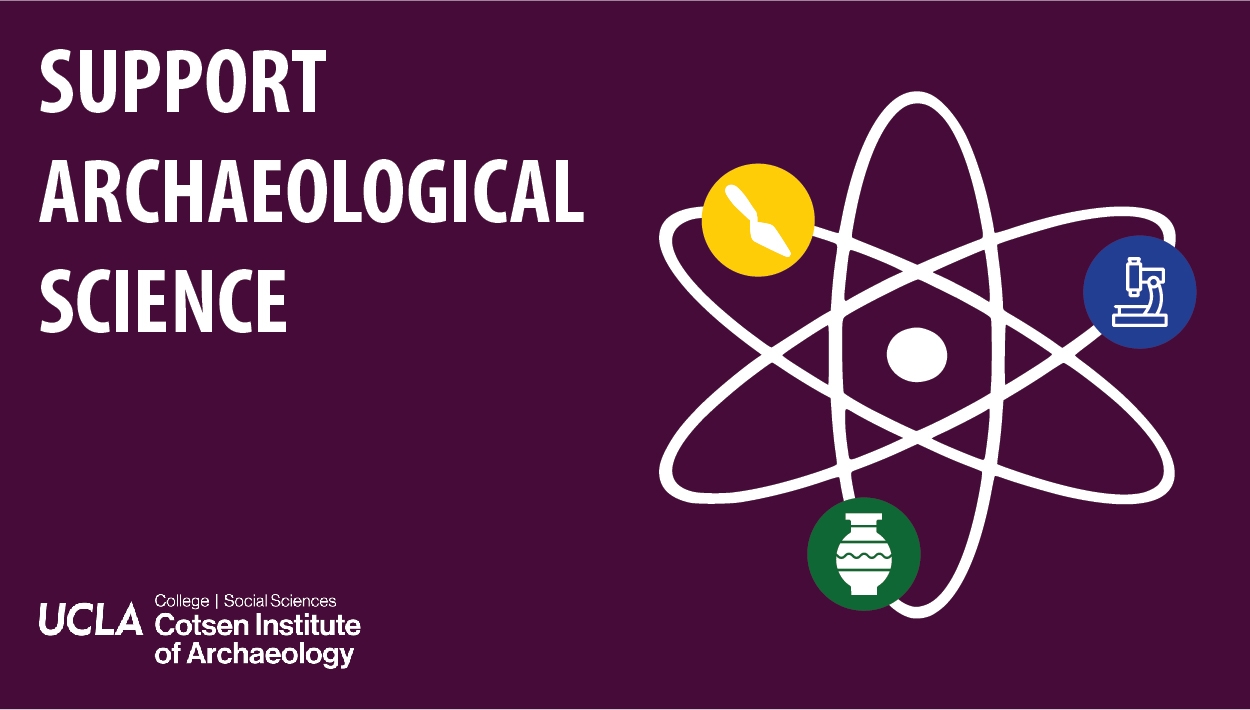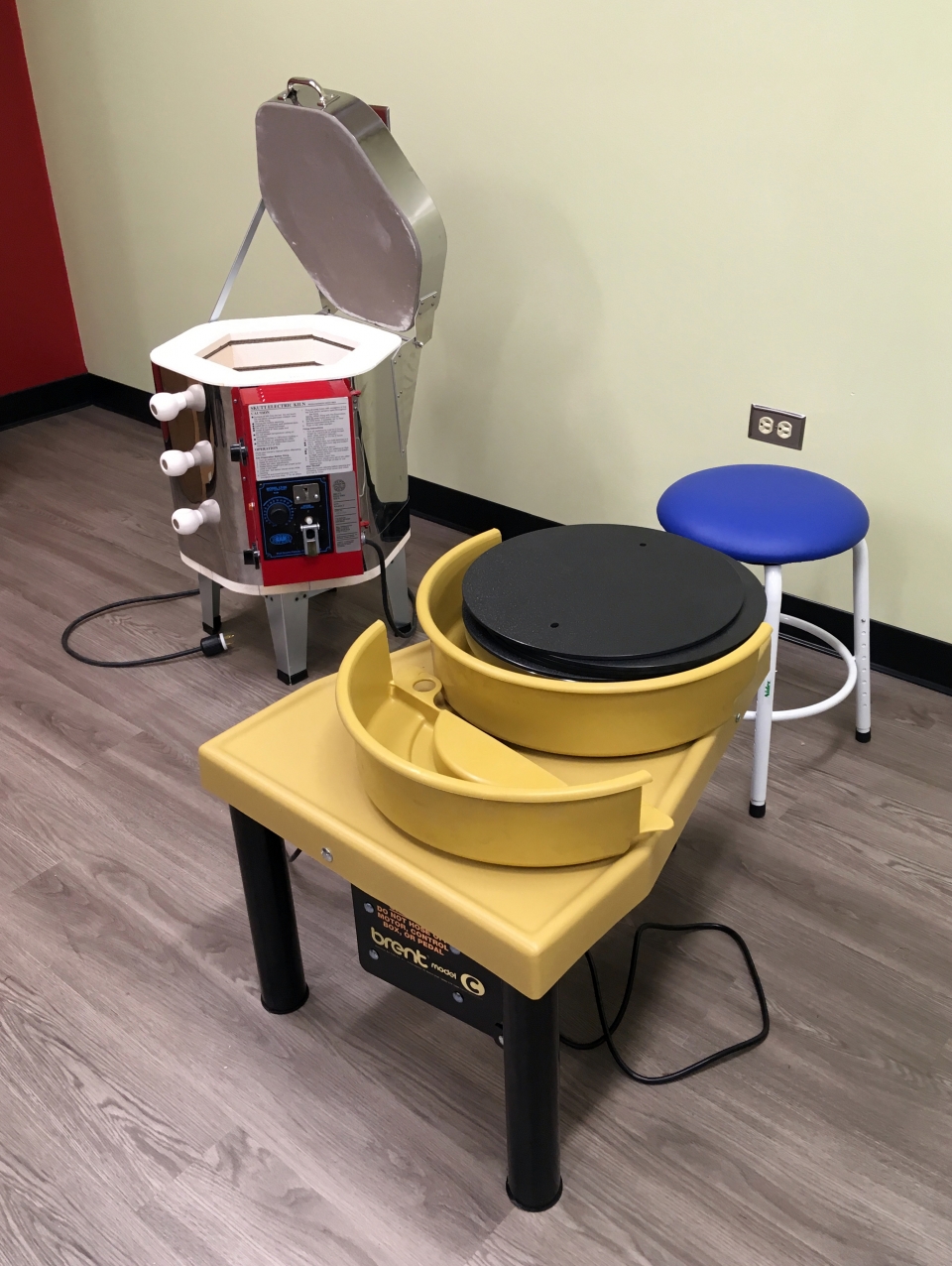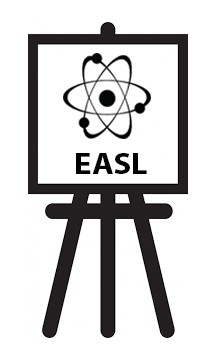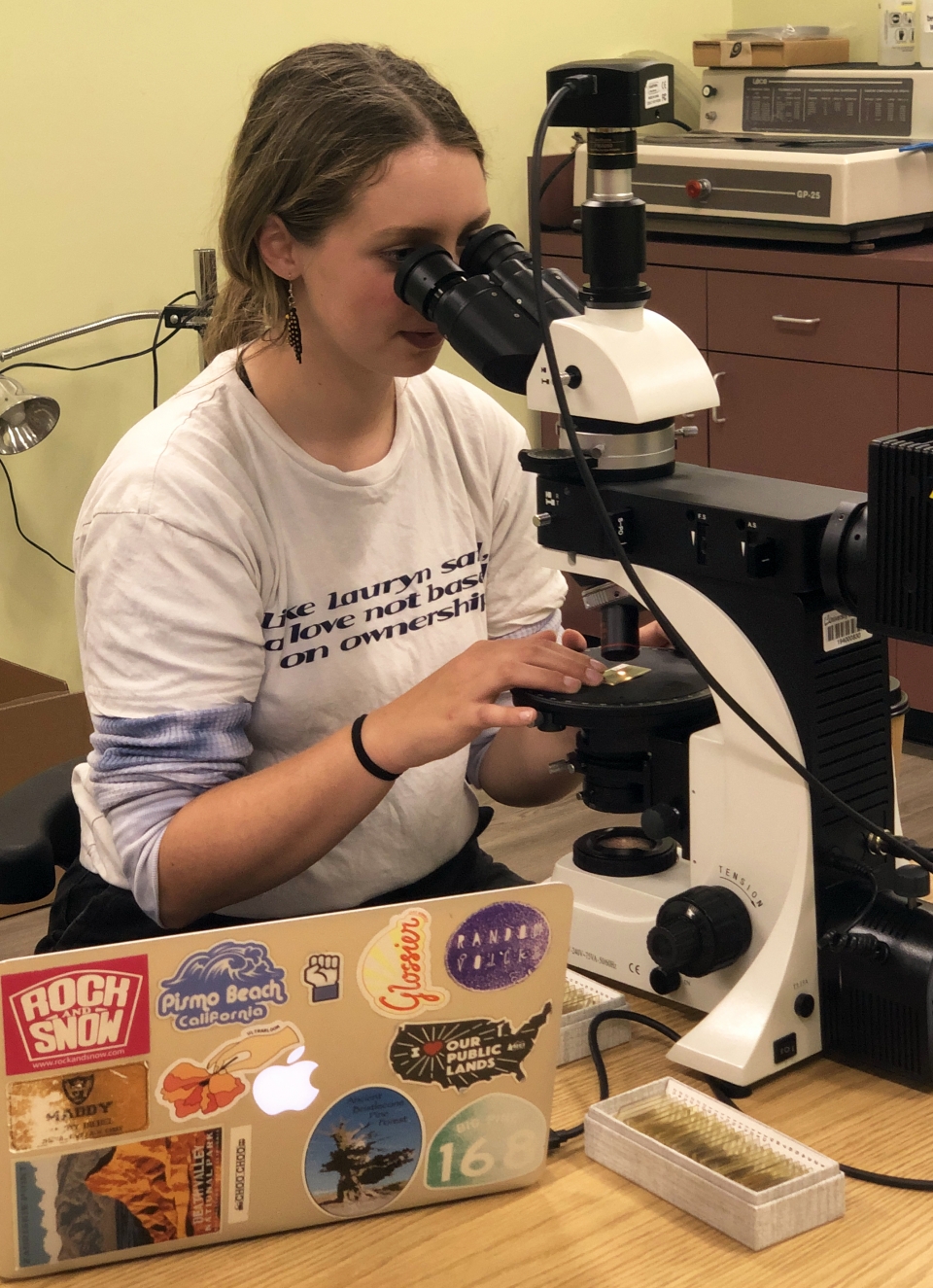
Experimental and Archaeological Sciences Lab (EASL)
The Experimental and Archaeological Sciences Laboratory (EASL) is a collaborative research space dedicated to the study of ancient materials and technology through replication experiments and scientific analysis. The lab assists students, faculty and Cotsen affiliates with their archaeological research projects, as well as offers resources for laboratory-based courses. The work conducted plays an integral role in fulfilling the Cotsen Institute of Archaeology's mission to create, disseminate and conserve archaeological knowledge and heritage.
Take a virtual tour of the lab!
Equipment
The lab was established in the second half of 2018 in what used to be the European Archaeology Laboratory (room A419) and officially opened in the fall of 2019. EASL currently houses equipment for the examination and analysis of archaeological materials, as well as for the replication of archaeological artifacts and technological activities . This includes:
- a traditional kick-wheel and a modern electric potter’s wheel for experimental pottery making
- a small electric kiln for experimental production of pyrotechnological materials like ceramics and faience
- a selection of microscopes, including stereo-microscopes, reflected, transmitted and cross-polarized light microscopes
- sample preparation equipment for grinding and polishing of petrographic thin-sections and mounted samples, as well as hot plates and centrifuges
- several portable X-ray fluorescence spectrometers for material analysis
You can find a list of the available equipment here.
Current Projects
Identification of Neolithic Pigments from Masis Blur
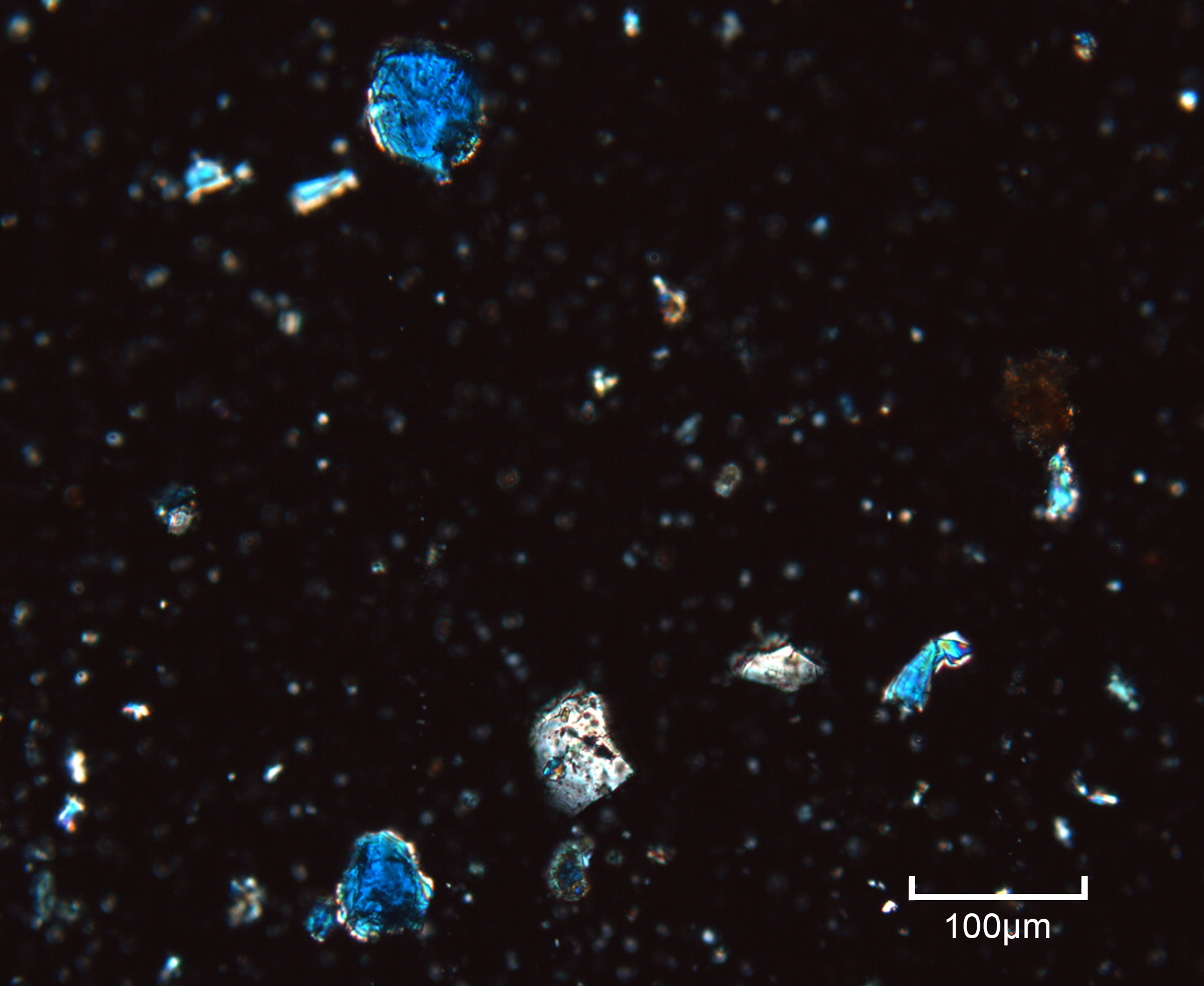 This project aims to identify raw pigments excavated from the Neolithic settlement of Masis Blur (7000–6400 cal. BP) in modern Armenia using techniques such as polarized light microscopy and pXRF. Once identified, the work will shift to determine how these pigments, and the spaces that they were found in, were used, and where the materials came from to provide information on craft specialization and long distance trade activities at Masis Blur. This project is a collaboration with Dr. Kristine Martirosyan-Olshansky, Director of the Armenian Lab at the Cotsen Institute and co-director of the Masis Blur Archaeological Project.
This project aims to identify raw pigments excavated from the Neolithic settlement of Masis Blur (7000–6400 cal. BP) in modern Armenia using techniques such as polarized light microscopy and pXRF. Once identified, the work will shift to determine how these pigments, and the spaces that they were found in, were used, and where the materials came from to provide information on craft specialization and long distance trade activities at Masis Blur. This project is a collaboration with Dr. Kristine Martirosyan-Olshansky, Director of the Armenian Lab at the Cotsen Institute and co-director of the Masis Blur Archaeological Project.
Making Ancient Egyptian Faience
A series of replication experiments have begun on the manufacture of ancient Egyptian faience, a glazed siliceous ceramic material. The experiments will look at different faience recipes, forming methods,glazing techniques, and firing conditions used to produce these objects. The goal of the project is to come up with a method to produce it here in the lab and create a hands-on workshop on the technology of ancient faience.
PXRF Analysis of Copper Alloy Artifacts from Lofkend
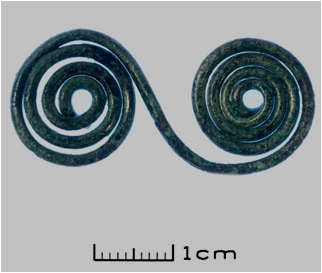
This projects looks at the applicability of portable XRF spectrometry for the compositional analysis of copper alloy objects from the Late Bronze Age/Early Iron Age tumulus at Lofkend. A methodology will be established for the quantitative analysis of very small samples taken from the artifacts. The results will be used to understand the types of alloys used to manufacture items of personal adornment (fibulae, earrings, spiral ornaments). The results of this study will complement an earlier metallographic study conducted on this same group of samples.
Analysis of Glass Production Debris from Petrie’s Excavations at Amarna
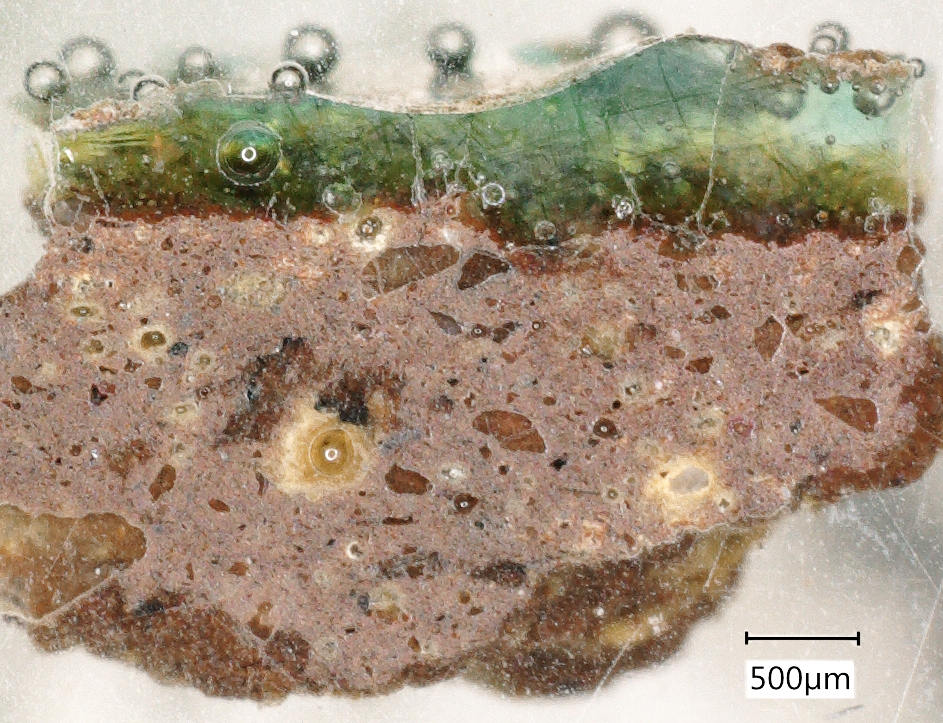 This project focuses on the examination and analysis of glass production debris found at Amarna, excavated by Petrie in the late 19th c. and currently housed at the Penn Museum. Different analytical techniques are being used to characterize the composition of the glass waste and identify the raw materials used in the production of vitreous materials at the site. The results will also help identify what stages of glass manufacture this archaeological evidence represents adding to the data collected so far on the Late Bronze Age glass industry in Egypt and the broader eastern Mediterranean region. This project is funded in part by the American Research Center in Egypt's (ARCE) Antiquities Endowment Fund (AEF).
This project focuses on the examination and analysis of glass production debris found at Amarna, excavated by Petrie in the late 19th c. and currently housed at the Penn Museum. Different analytical techniques are being used to characterize the composition of the glass waste and identify the raw materials used in the production of vitreous materials at the site. The results will also help identify what stages of glass manufacture this archaeological evidence represents adding to the data collected so far on the Late Bronze Age glass industry in Egypt and the broader eastern Mediterranean region. This project is funded in part by the American Research Center in Egypt's (ARCE) Antiquities Endowment Fund (AEF).
News
EASL Director, Vanessa Muros, awarded the Kathleen and David Boochever Endowment Fund for Fieldwork and Scientific Analyses by the Archaeological Institute of America. The award will support a project to test the efficacy and reliability of two low-tech methods: Ultra-Violet Induced Visible Fluorescence (UVIVF), and the Raspail test, a micro-chemical test for plant terpenoids, to analyze organic residues in pottery in the field. More information on the project, can be found here.
April 2022
New publication out by lab director Vanessa Muros (co-authored with Robyn Price, UCLA PhD candidate in Archaeology, and Hans Barnard, Assoc. Adjunct Professor at UCLA's NELC) on the analysis of samples from several Egyptian coffins at the Denver Museum of Nature & Science. Considerations in the technical analysis of ancient Egyptian material remains: Destructive and non-destructive methods.
March 2021
Check out the the 2021 issue of Backdirt to learn about the research activities of the lab during its first year of operation. Research Before and During the Pandemic: The Experimental and Archaeological Sciences Laboratory
March 2021
Latest issue of Backdirt is out and includes a write up on the lab Laboratory Life: The Experimental and Archaeological Sciences Lab
March 2020
Latest in the Labs: The Experimental and Archaeological Sciences Lab
January 30, 2020
Vanessa Muros visits Field Museum's Elemental Analysis Facility to study ritual use of red ochre pigments
October 17, 2019
